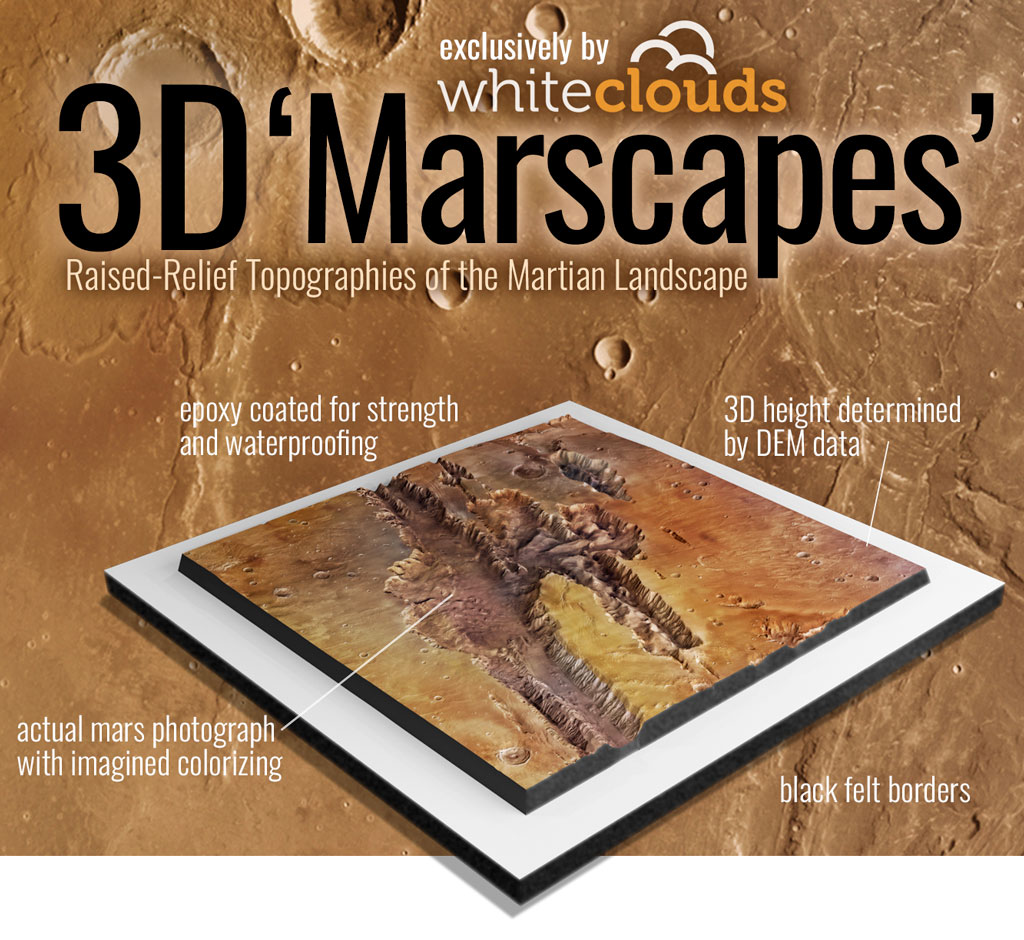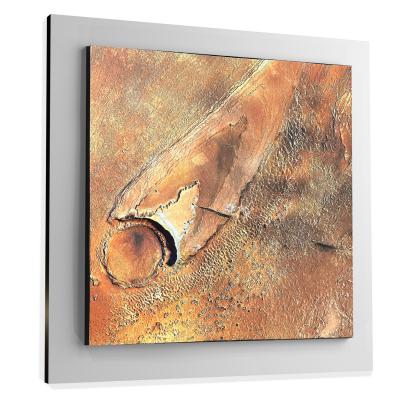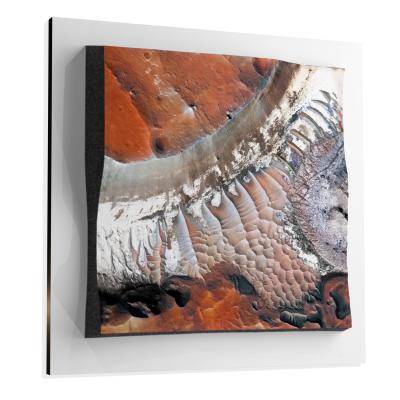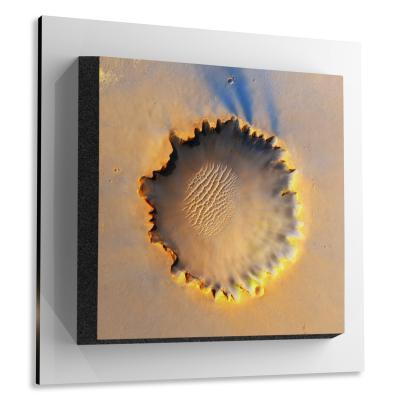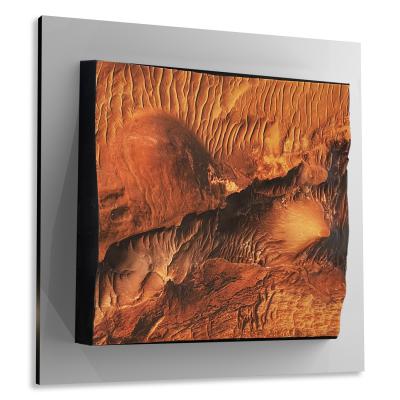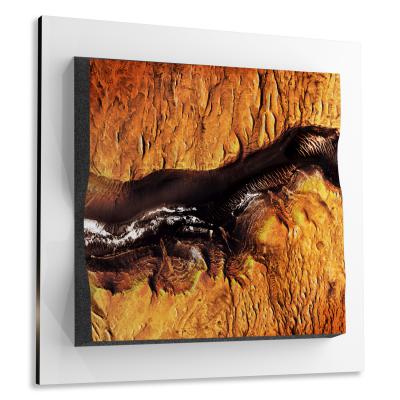Noachis Terra
Noachis Terra
We Build Custom 8K Mars Canvas Prints of Noachis Terra
Did you know we make
custom
8K Mars Canvas Prints

and
3D Marscapes

Noachis Terra
Noachis Terra, one of the oldest and most enigmatic regions on Mars, has captivated scientists for decades due to its striking geological features, possible indications of ancient water activity, and its immeasurable significance in helping us understand the evolutionary history of the Red Planet.
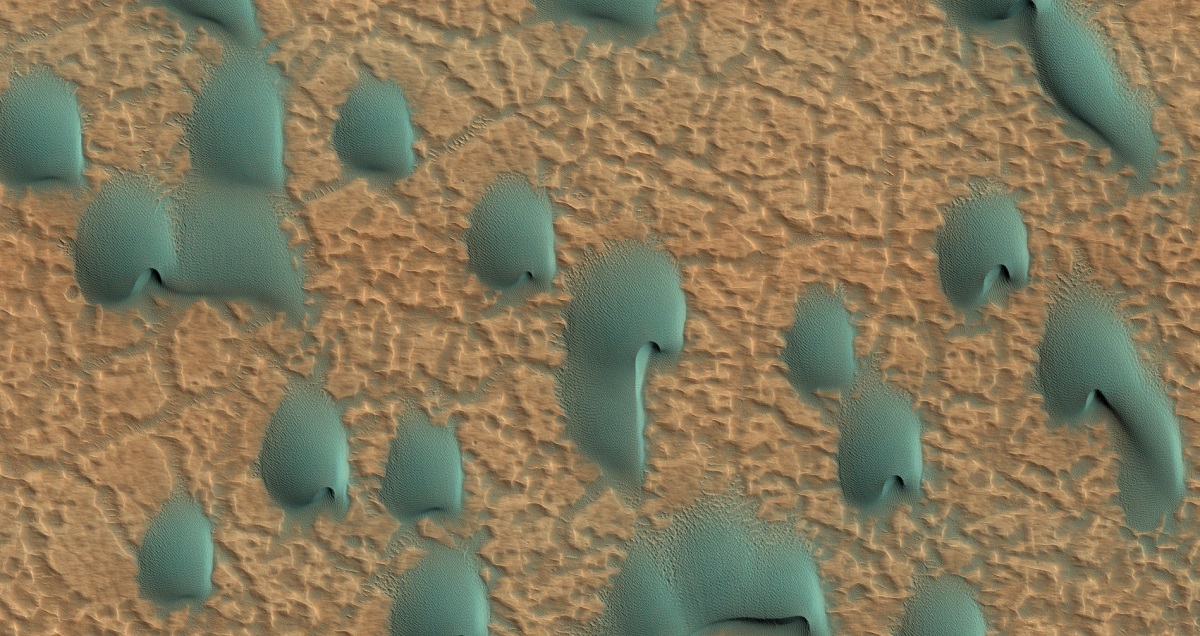 Floor of an Old Crater in Noachis Terra
Floor of an Old Crater in Noachis Terra
Geographical Location
Situated in the expansive southern highlands of Mars, Noachis Terra commands a vast territory that encompasses an area of roughly 3.7 million square kilometers, making it roughly analogous to the combined size of several European countries. The geographical coordinates that define its boundaries stretch from approximately 20°N to 80°S latitude and from 30°E to 30°W longitude. This wide-reaching region is bordered by a number of other significant Martian geographical features. To the east, it is flanked by the massive impact basin of Hellas Planitia, while to the west, it is neighbored by the equally intriguing Argyre Planitia. Additionally, the grand shield volcano Tyrrhena Patera serves as a prominent geological landmark along its northern reaches. Given its expansive geographic coverage and the complexity of its topography, which includes everything from cratered plains to mountainous terrains, Noachis Terra stands as one of the most scientifically enticing and diverse landscapes on the Martian surface.
Advertisement
Sample Marscapes
Geological Composition
The geological story of Noachis Terra is akin to an intricate epic, one that has unfolded over billions of years. The region’s surface primarily consists of exceedingly ancient terrains that have been heavily cratered, some of which are believed to have originated during the Noachian epoch, around 4.1 to 3.7 billion years ago. These craters are not uniform in size; they range from small pits to massive structures with diameters of hundreds of kilometers. What makes them particularly fascinating are the sedimentary deposits within them, which are rich in a variety of minerals like sulfates and clays—indicators that strongly suggest a history of water activity. Besides these fascinating craters, Noachis Terra features a wide array of other geological formations such as rift valleys, towering mountain ranges, and fossilized river channels. Furthermore, the region’s mineralogical composition is intricate, being composed of various types of basalts, iron oxides, and numerous hydrated minerals. All these aspects combine to render Noachis Terra a veritable laboratory for scientists interested in understanding Martian geology and past climatic conditions.
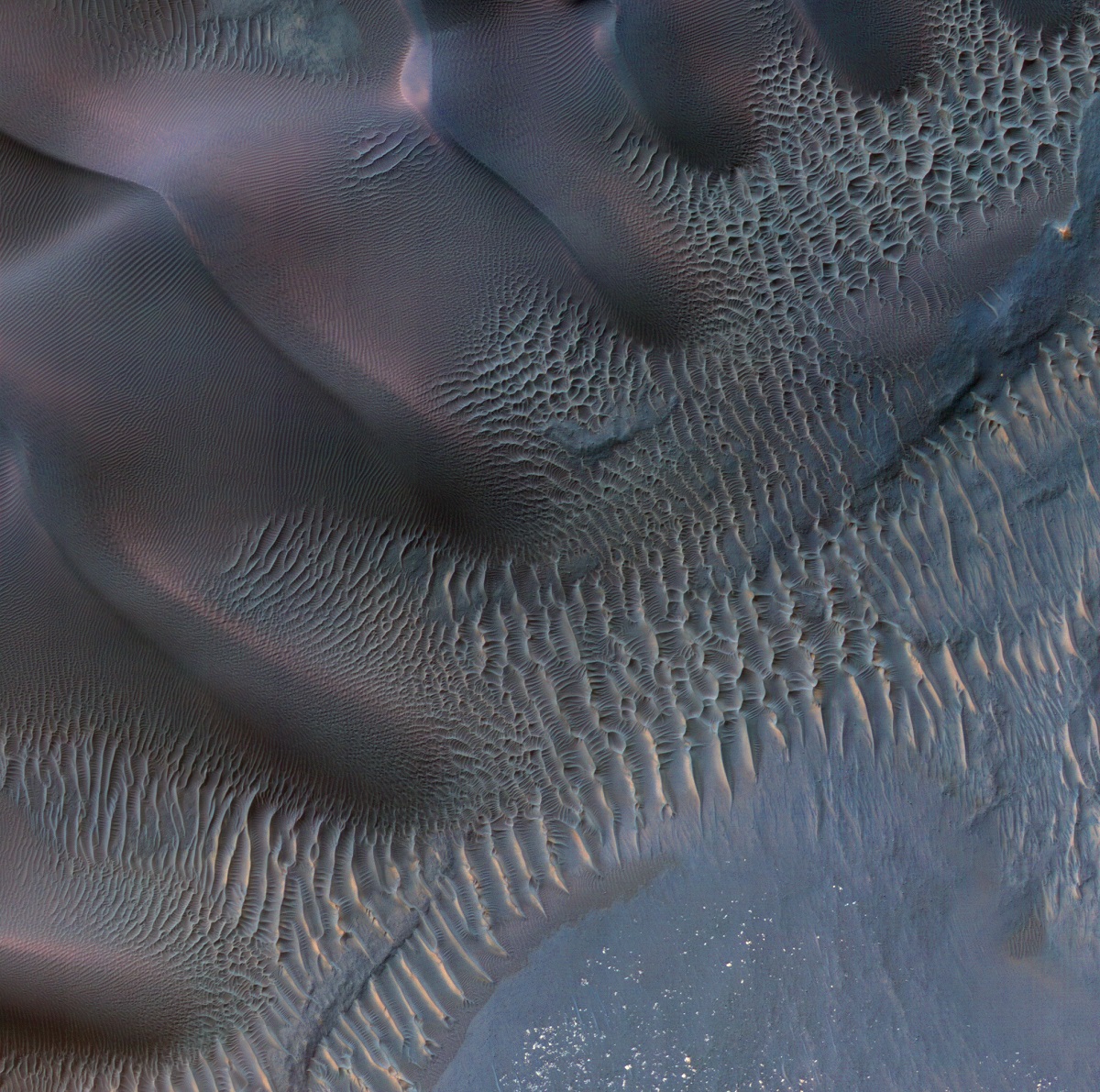 Impact Crater in Noachis Terra
Impact Crater in Noachis TerraSignificant Discoveries
Ancient Water Activity
One of the most revolutionary discoveries that have been made in Noachis Terra is the multitude of evidence pointing to an era of extensive water activity. Geographical features resembling ancient river valleys, deltaic systems, and sedimentary rock formations saturated with hydrated minerals provide a compelling narrative of a Martian history where water was not just present but actively shaping the landscape.
Meteorite Evidence
The turn of the millennium saw another pivotal discovery related to Noachis Terra—the famous Martian meteorite EETA79001. This meteorite, which is believed to have been ejected from Noachis Terra, contained microscopic carbonate globules. This ignited a wealth of scientific discourse around the possibility that ancient Martian life may have existed, adding another layer of complexity to the study of the region.
Seasonal Flows
Adding to the intrigue, more recent studies have identified the presence of recurring slope lineae (RSL)—dark streaks that appear to be seasonal in nature. While these features have been found in other Martian locations, their presence in Noachis Terra has led to intense debate. Some theories propose that these could be indicative of salty liquid water flows, although this interpretation is still a subject of ongoing scientific investigation.
Scientific Missions
Several high-profile orbital missions have dramatically expanded our knowledge of Noachis Terra. Of these, NASA’s Mars Reconnaissance Orbiter (MRO) and the European Space Agency’s Mars Express have been particularly instrumental. The HiRISE (High-Resolution Imaging Science Experiment) and CRISM (Compact Reconnaissance Imaging Spectrometer for Mars) instruments on board the MRO have supplied us with incredibly high-resolution images and detailed mineralogical data that have fundamentally shaped our understanding of this fascinating region. While lander and rover missions have not yet specifically targeted Noachis Terra for ground-level investigation, its staggering geological and mineralogical diversity, combined with its historical significance, positions it as a top candidate for future missions aimed at better understanding the Martian surface and its history.
Geomorphological Features
The landscape of Noachis Terra serves as a veritable encyclopedia of geomorphological features that testify to a rich and dynamic geological past. Most prominent among these features are the heavily cratered terrains that pockmark the region. Within some of these craters are intriguing signs of sedimentary infilling and the presence of interior layered deposits (ILDs), structures that have fueled intense scientific interest due to their potential to reveal clues about Mars’ past. Additionally, the landscape is riddled with a myriad of erosional features including deep-cut gullies, fissures, and chasms. These features have likely been shaped by a host of erosional agents, ranging from water and wind to potential glacial activity. This collection of diverse landforms and features makes Noachis Terra an invaluable locale for the study of Martian geomorphology, offering myriad opportunities to unravel the intricate history and processes that have shaped the Red Planet.
Noachis Terra serves as a compelling natural laboratory for understanding the Red Planet’s complex geological, hydrological, and potentially even astrobiological history. Its ancient landscapes offer a unique window into the Noachian period, promising to unravel the mysteries of Mars’ past. With its incredible array of geomorphological features and its promise for unlocking the secrets of ancient water activity, Noachis Terra remains at the forefront of Martian scientific exploration, beckoning future missions to unravel its many enigmas.
Check out our 3D Mars Learning Center for more information on Mars and Noachis Terra. You can also learn more at: NASA Mars Exploration.
More About Mars
Contact us today to learn more about our 3D services and how we can help you achieve your goals.
